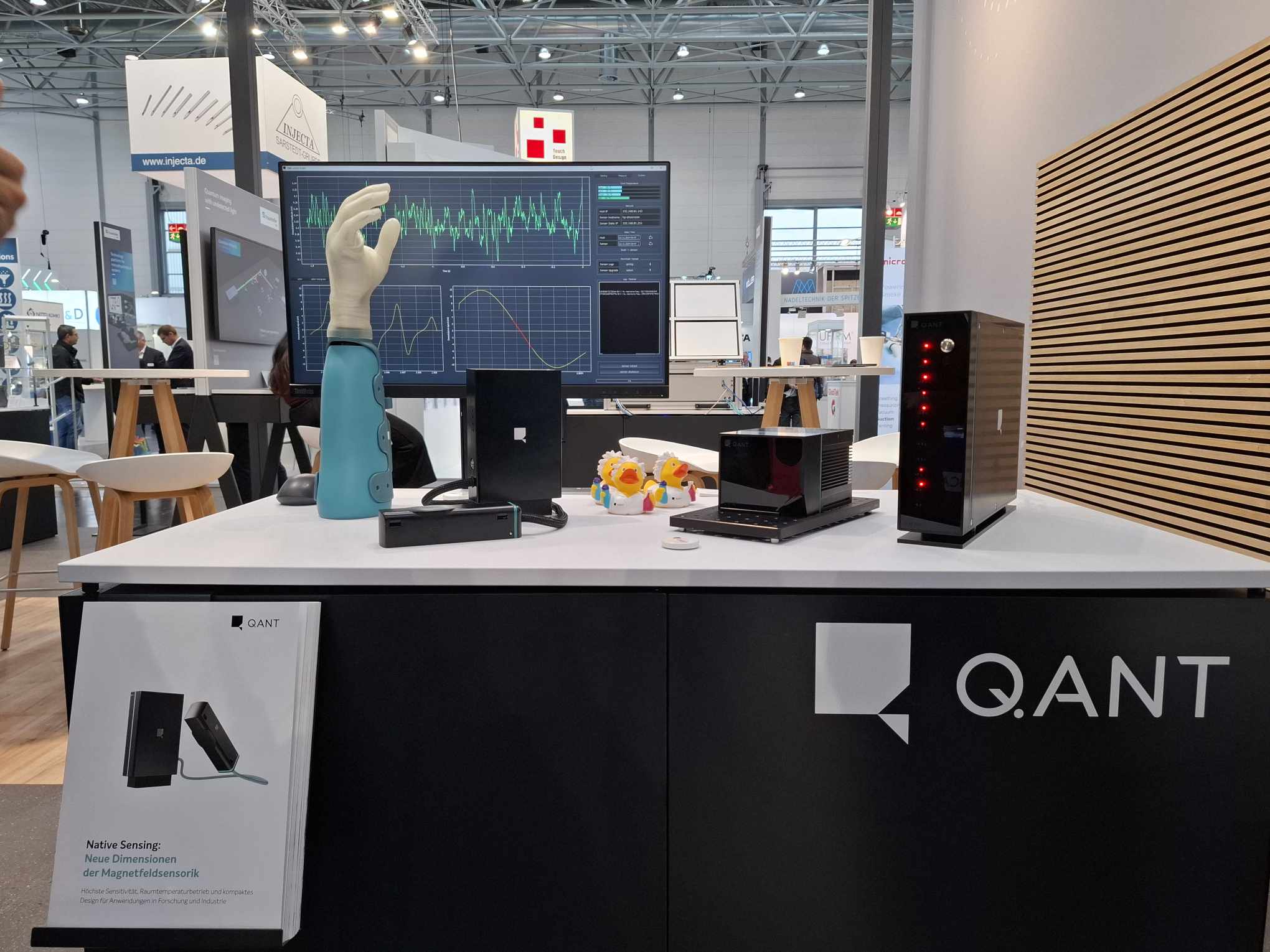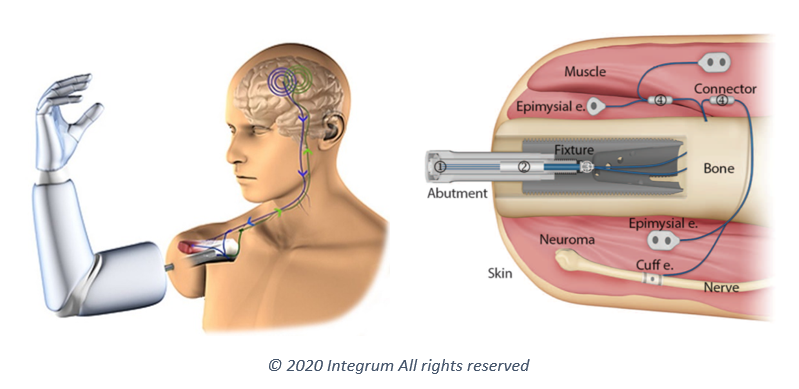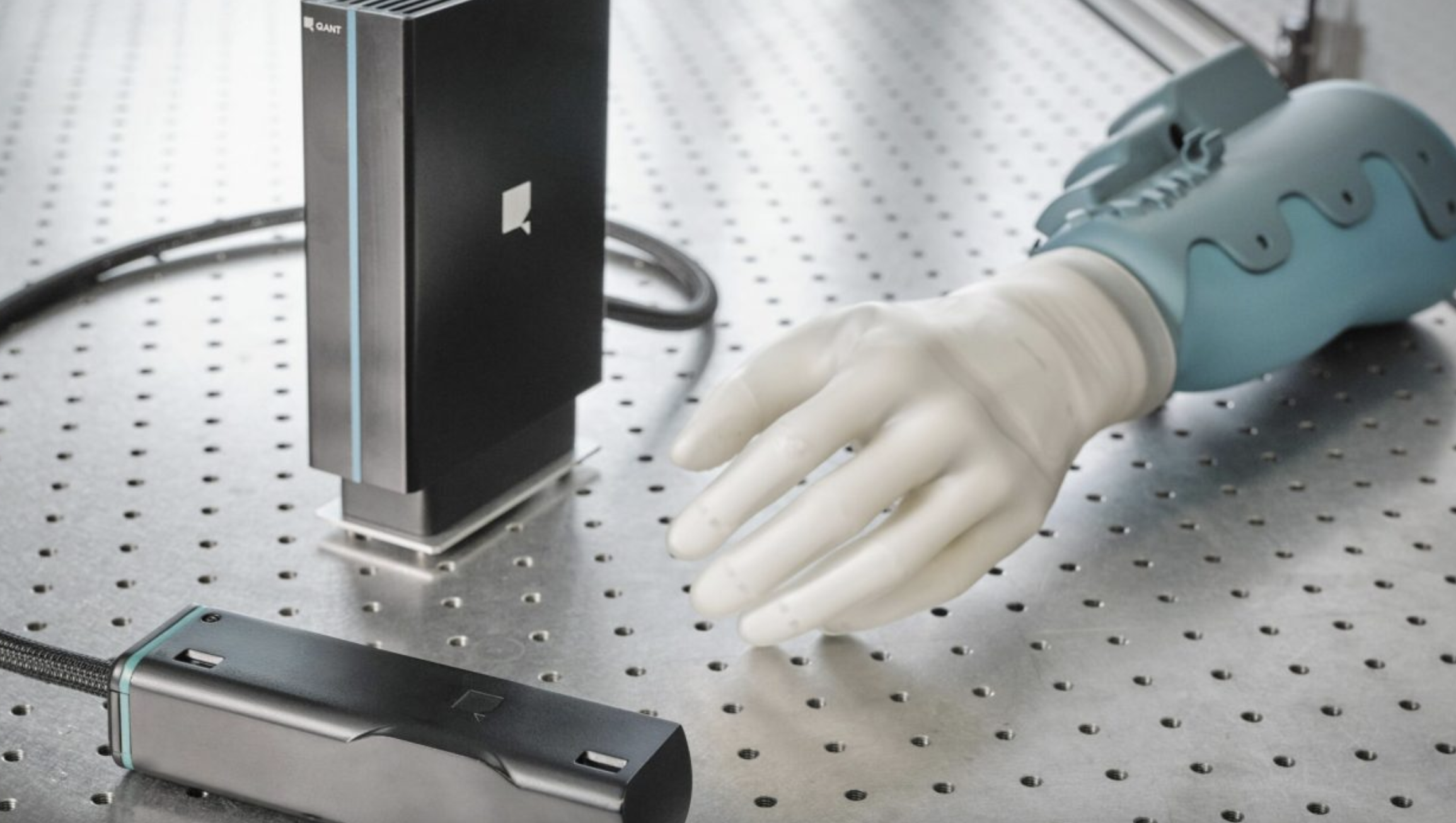On August 13, 2025, during the ASB conference, the NeuMove Lab at Northeastern University introduced MyoAssist—a remarkable new package within the MyoSuite framework that simulates neuromechanical models integrated with assistive devices such as exoskeletons and prosthetic limbs American Society of Biomechanics.
Empowering Prosthetic Development with Simulation
As a practicing prosthetist, I’m constantly immersed in balancing biomechanics and patient functionality. MyoAssist provides a powerful platform: it enables forward simulations that couple musculoskeletal models with assistive devices—from lower-limb prosthetics to exoskeletons MyoAssist Documentation. This is a game-changer, addressing common clinical and research challenges:
-
Rapid Iteration & Design: Instead of physical prototyping—often costly and time-consuming—I can evaluate design changes, alignment adjustments, or control strategies entirely in simulation.
-
Insight into Human-Device Dynamics: These simulations illuminate how a prosthetic interacts with a residual limb, helping optimize comfort, stability, and responsiveness—benefits that are usually discovered only in patient trials.
Advanced Control Tools at My Fingertips
The toolkit doesn’t just simulate; it also facilitates the development of control strategies:
-
Reinforcement Learning (RL) — Through integration with Stable-Baselines3 and PyTorch, prosthetists and researchers can train control policies that adapt to individual gait patterns, movement intentions, or environmental conditions MyoAssist Documentation.
-
Controller Optimization (CO) — Reflex-based control models combined with evolutionary search like CMA-ES allow tuning of neuromuscular parameters, offering a bridge between passive biomechanics and dynamic adaptive control MyoAssist Documentation.
For clinicians like me, this empowers exploration of control paradigms that might resemble human neurological reflexes or intent-driven responses—areas traditionally out of reach without complex experimental setups.
What It Means for Prosthetic Practice
From a clinical standpoint, MyoAssist’s emergence is transformative:
-
Personalized Prosthetic Design – Consider simulating a transfemoral prosthesis across various terrains (stairs, slopes, uneven ground). MyoAssist can evaluate performance metrics—energy efficiency, kinematics, stability—before building a single physical component.
-
Training and Education – Prosthetic technology is evolving rapidly. Simulated scenarios using MyoAssist can train new clinicians or student prosthetists to understand nuances in gait adaptations with powered components.
-
Interdisciplinary Collaboration – The platform fosters collaboration between engineers, roboticists, and clinicians. Prosthetists can contribute real-world constraints like socket fit, limb dynamics, and user comfort to drive better simulation fidelity.
Bridging Simulation to the Clinic
Importantly, MyoAssist is modular and extensible:
-
The current release supports lower-limb exoskeletons and prosthetic legs, while planned expansions include upper-body prosthetic arms and supports like back orthoses MyoAssist Documentation.
-
Future integration with a “Motion Library”—a repository of simulated and real movement—will further enable benchmarking and validation of prosthetic behaviors MyoAssist Documentation.
This modularity means practitioners can tailor simulation environments to specific clinical cases, from above-knee prostheses to novel powered ankle units.
Conclusion
For us in the prosthetic field, MyoAssist isn’t just software—it’s a new bridge between the biomechanical reality of patient care and the rapidly advancing frontiers of assistive robotics. It provides a safe, flexible, and insightful environment to innovate, test, and refine prosthetic solutions long before they reach the workshop or clinic.
As MyoAssist matures—expanding to upper limbs, orthotics, and incorporating real patient movement data—it promises to elevate both research and practice, ultimately benefiting individuals who rely on these technologies to navigate their world.
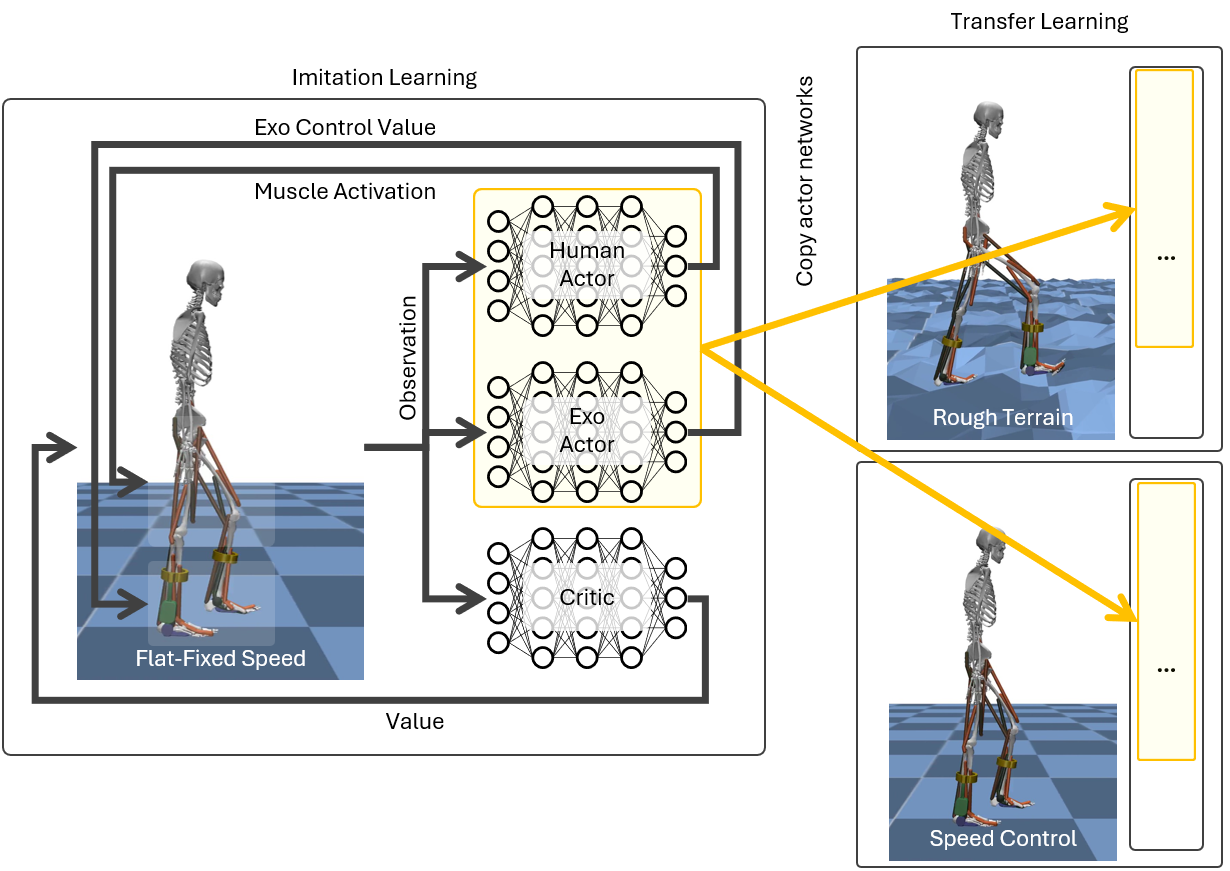
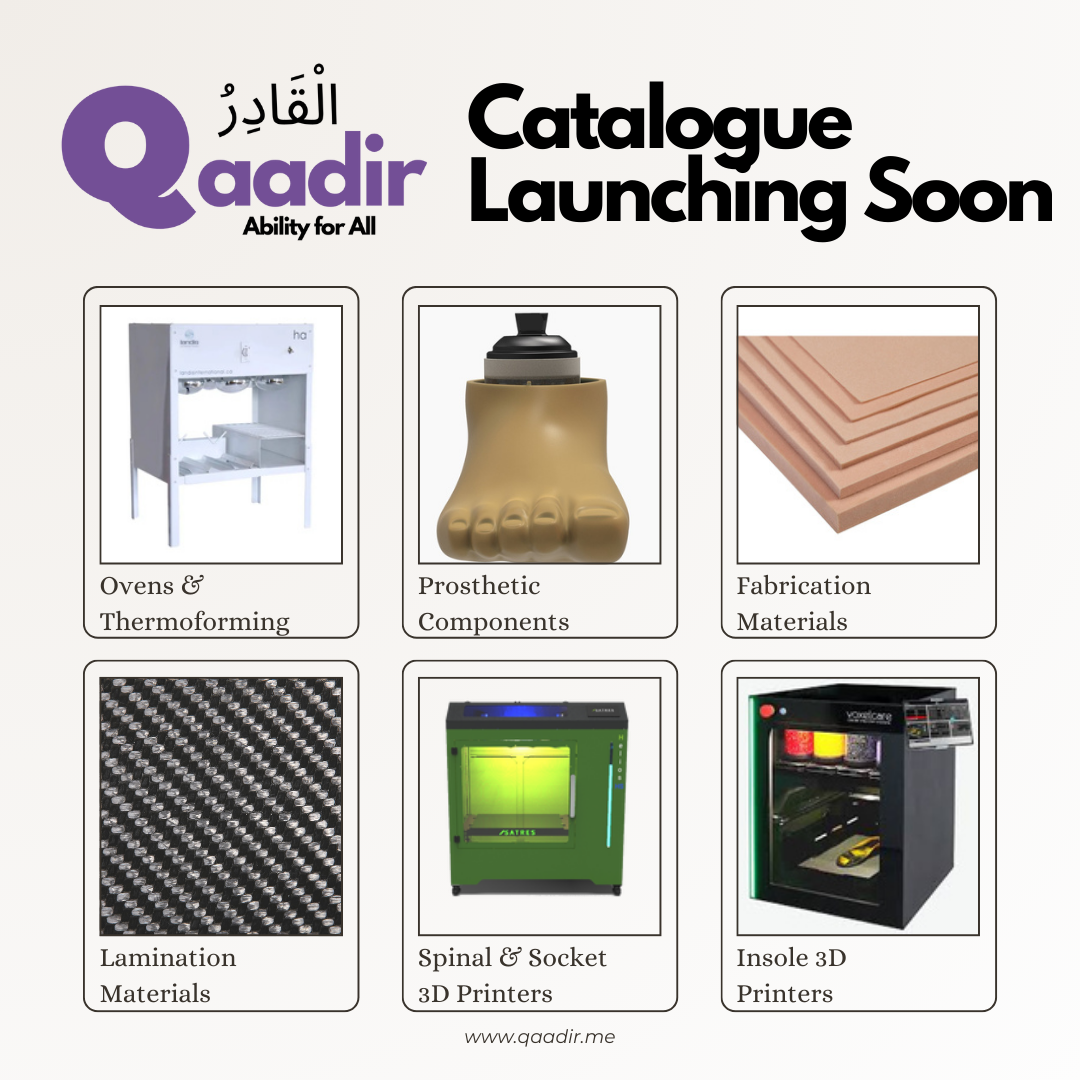
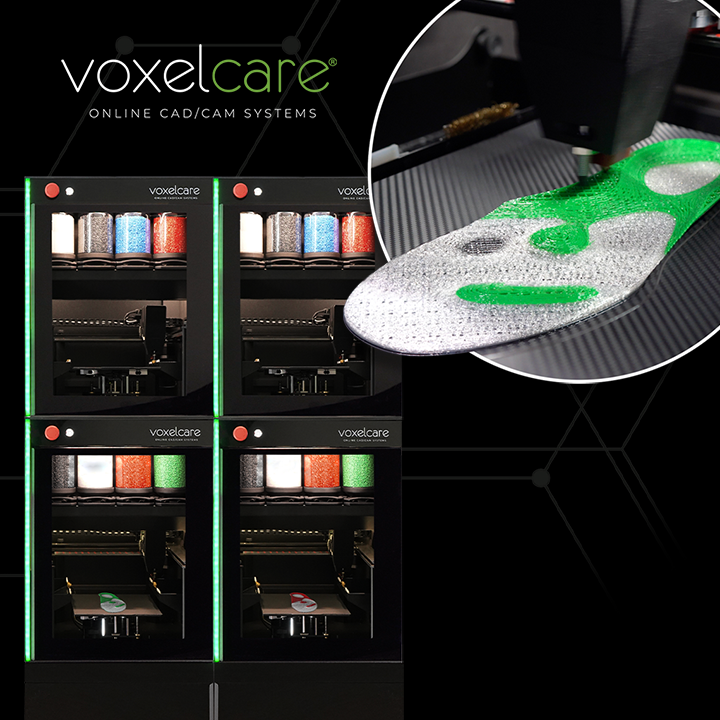
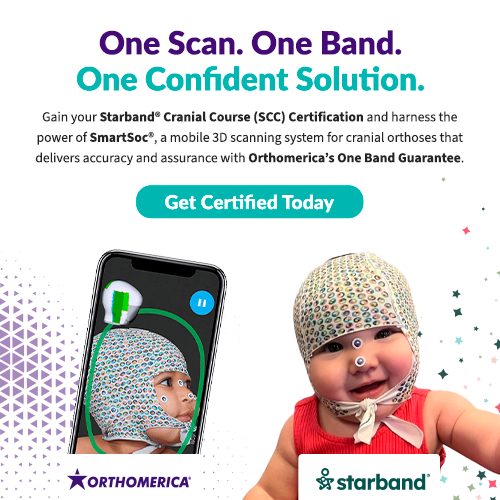
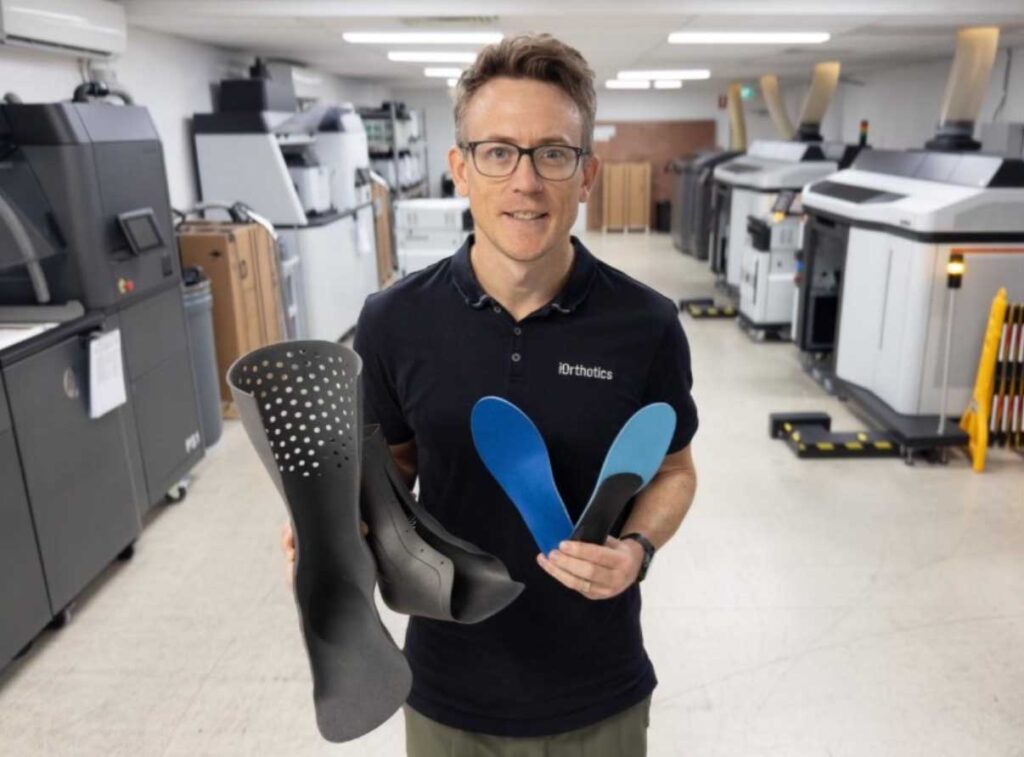
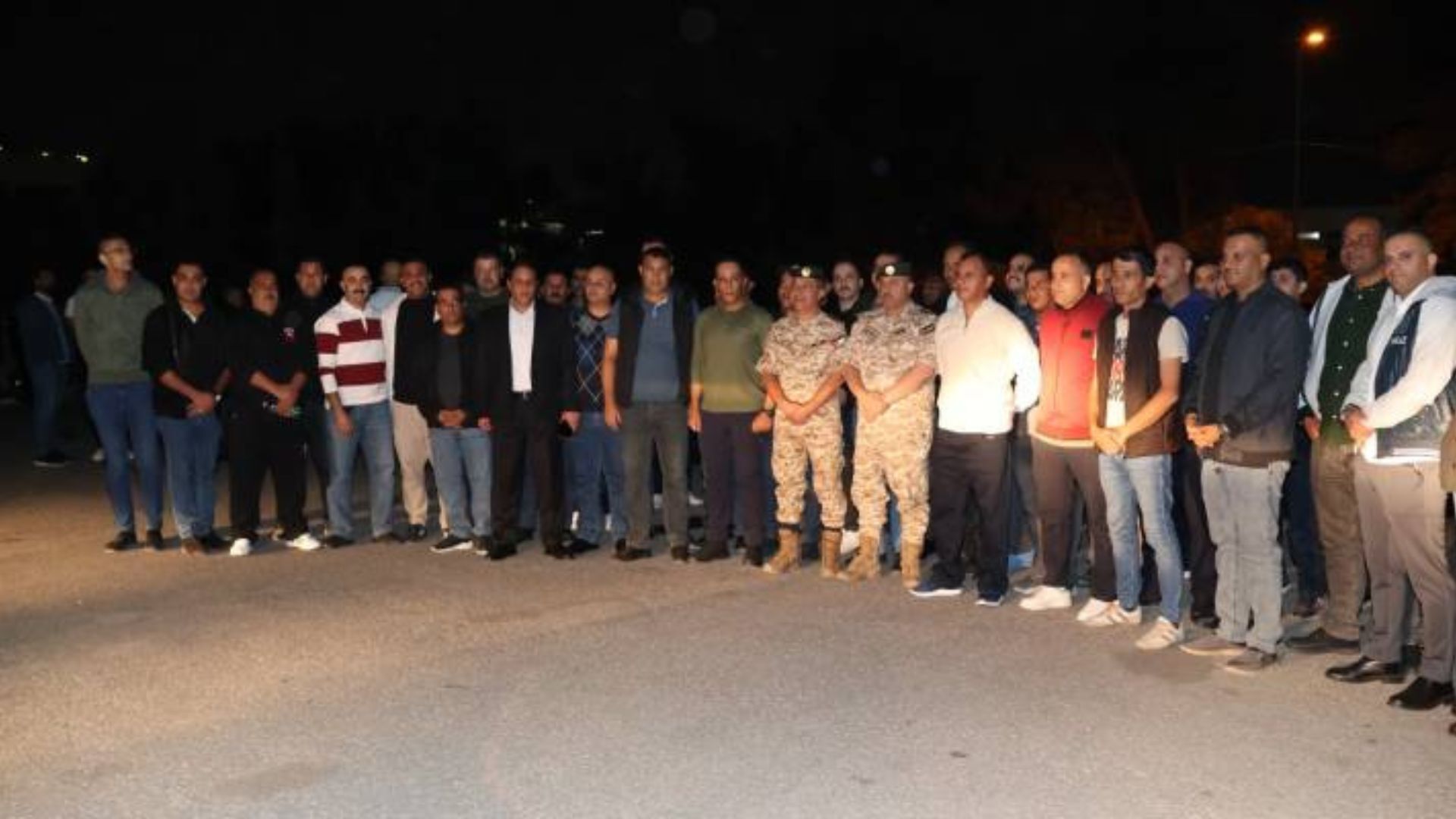
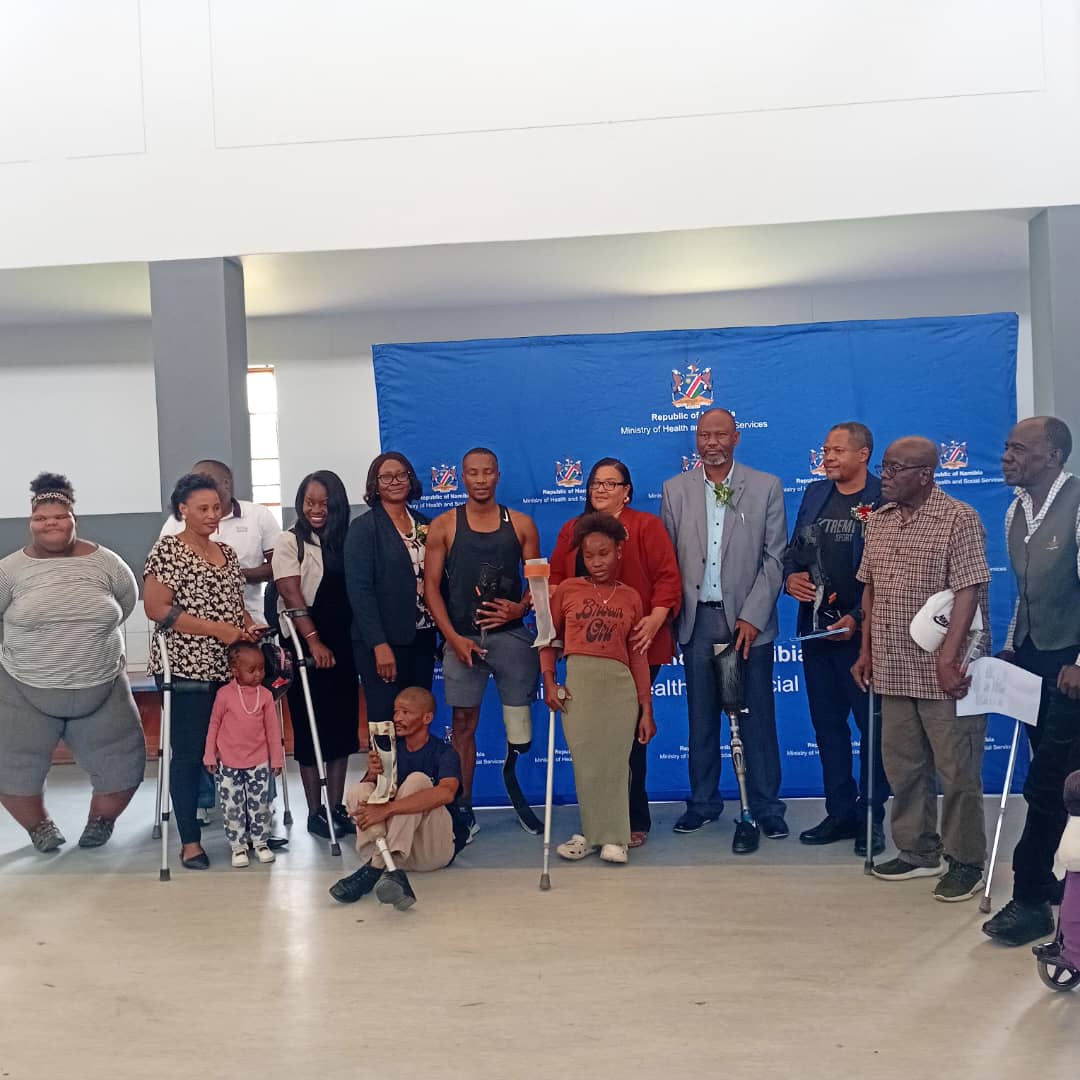
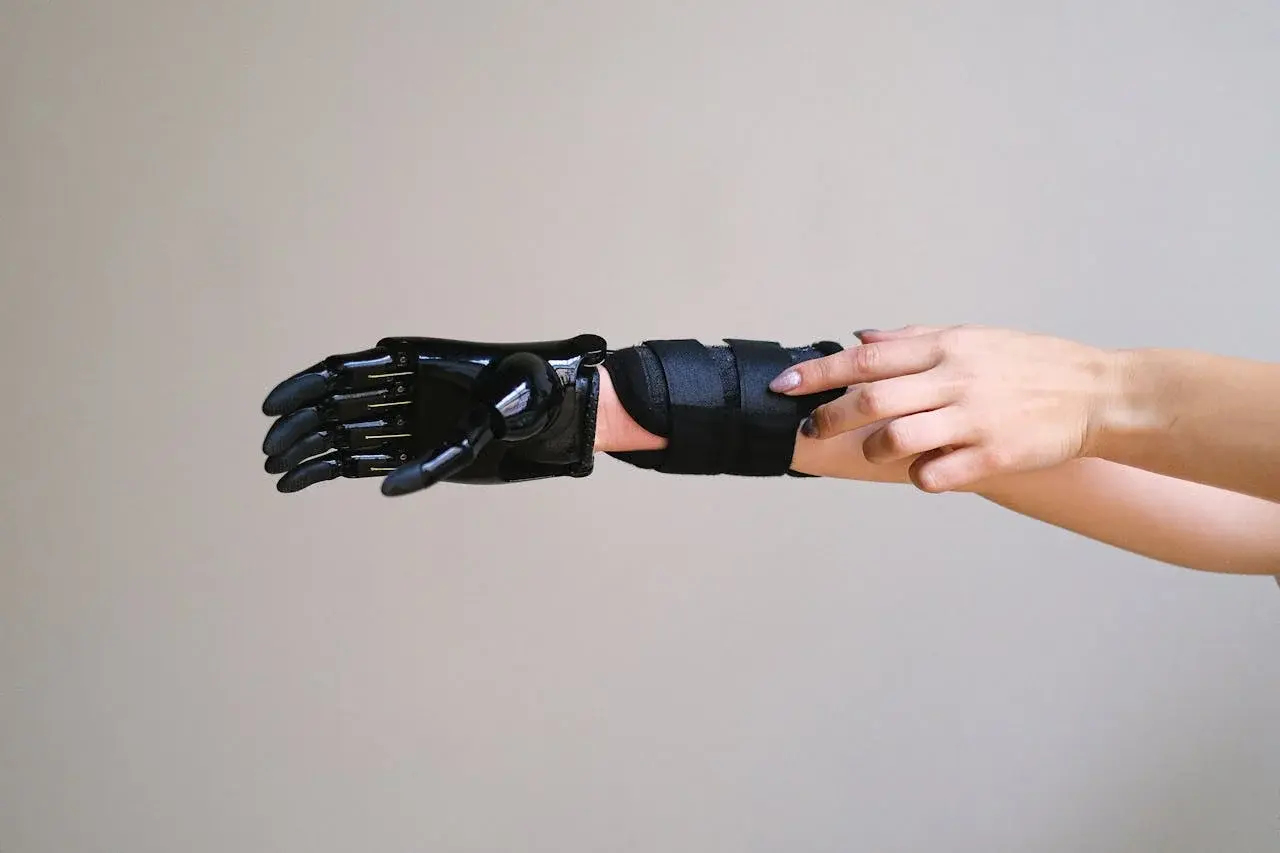
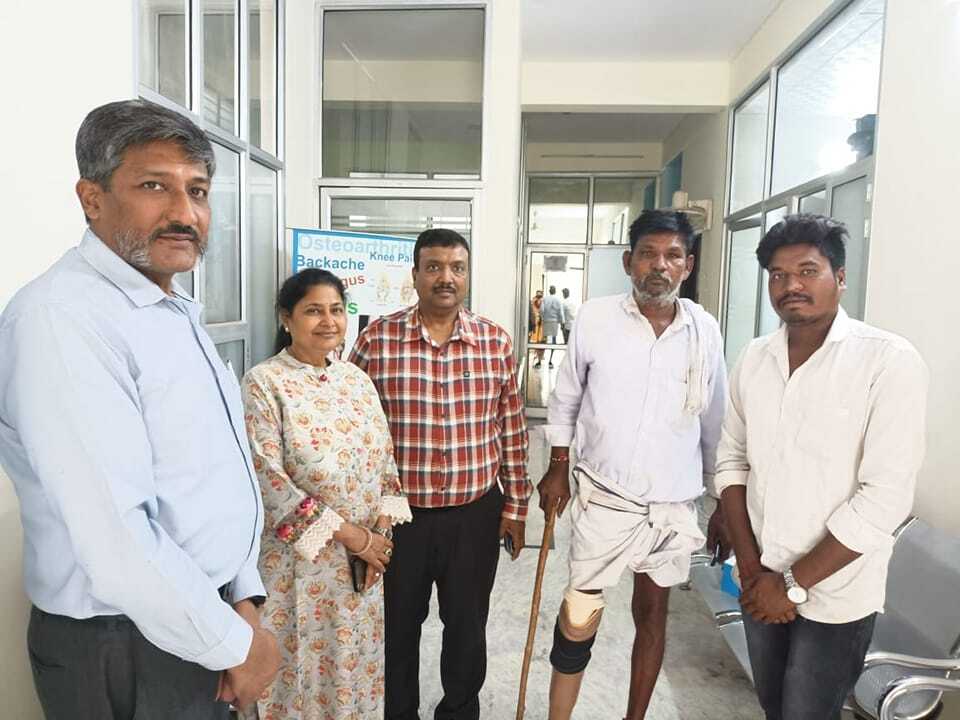
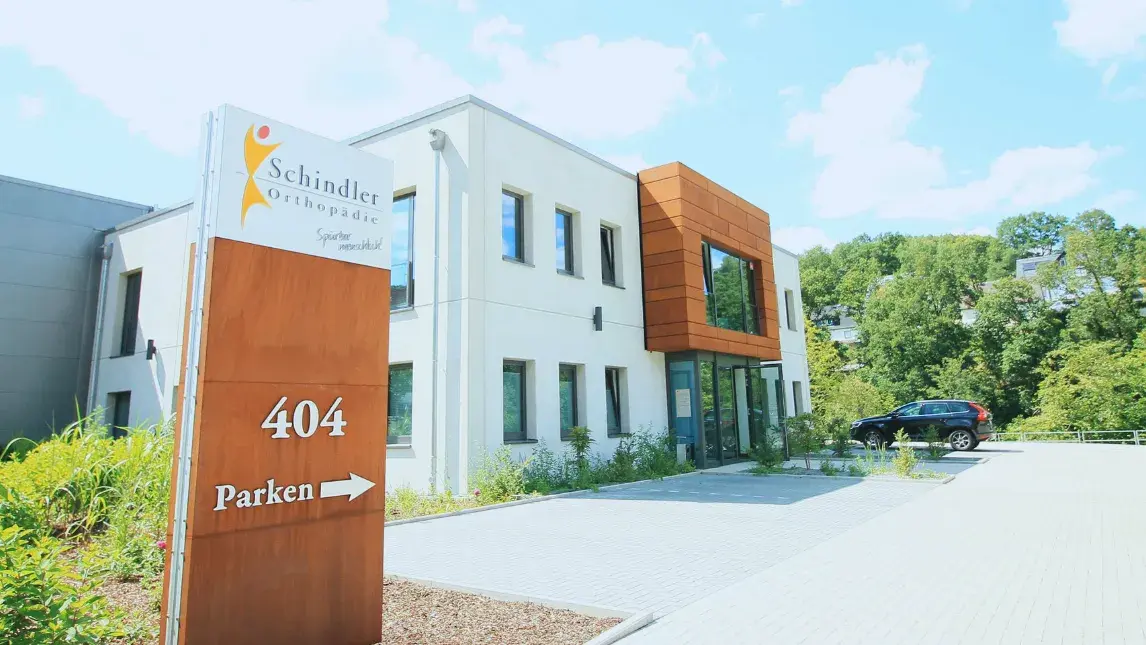

-1.png)
